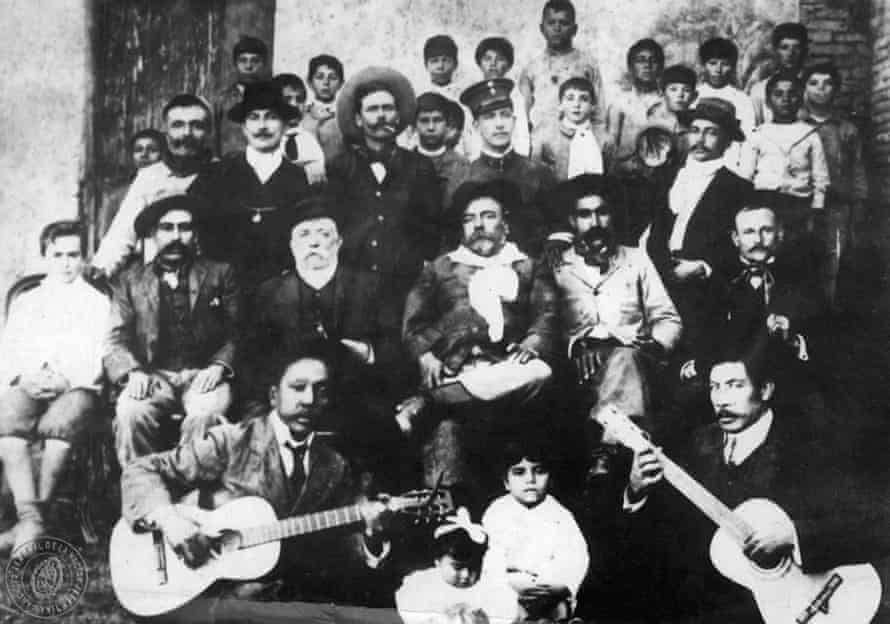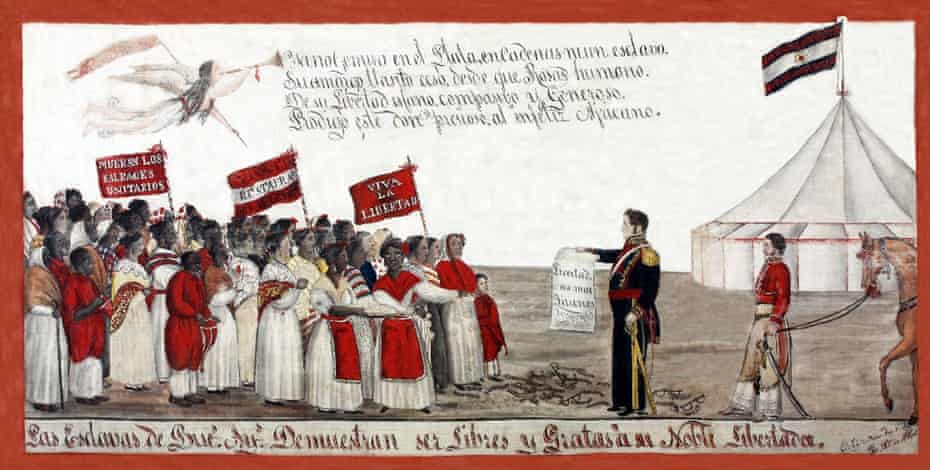CUPE Files Legal Challenge to OMERS' Punitive Treatment of Paramedics
Article content

TORONTO — Today, the Canadian Union of Public Employees (CUPE) filed a legal challenge with the Financial Services Regulatory Authority of Ontario (FSRA) about OMERS’ treatment of paramedic members accessing earlier retirement options.
“Paramedics have been demanding that OMERS allow them fair access to earlier retirement options for over a decade,” said Fred Hahn, President of CUPE Ontario, about the Ontario Municipal Employees Retirement System. “Now OMERS is saying working paramedics can transition to earlier retirement options only at the risk of deep cuts to their pensions. This is completely unacceptable, and these front-line workers simply deserve better.”
Advertiseme
Paramedics are recognized in federal law as a Public Safety Occupation, a designation that according to the Canada Revenue Agency acknowledges their working conditions as situations “where the limitations associated with ageing are common and have the potential to significantly endanger the safety of the general public.” Paramedics are eligible for earlier retirement options under federal law if their pension plan allows it.
“Access to earlier retirement is a health and safety issue for paramedics on the front lines and for the people we serve in the community,” said Peter Joseph, an active paramedic and chair of CUPE’s Ambulance Committee of Ontario. “Our work as paramedics takes an enormous physical and mental toll, and OMERS is refusing to recognize that reality.”
“Ontario pension law dictates that the value of a worker’s accrued defined pension benefit can’t be reduced but we believe that OMERS is doing just that with its rules for paramedic members’ transition to earlier retirement options,” said Hahn. “It’s our hope that this challenge will reverse OMERS rules that shortchange paramedics and ensure they have access to what they’re entitled to: earlier retirement options and a decent retirement.”
CUPE has raised these concerns with OMERS for months and has attempted to work with the pension fund on a solution.
CUPE represents more than 5,000 paramedics across the province. CUPE Ontario is the largest sponsor of OMERS, representing 125,000 plan members.
Background information
- In OMERS, there are Normal Retirement Age 65 (NRA 65) members and Normal Retirement Age 60 (NRA 60) members. Normal Retirement Age (NRA) refers to the age you can receive an unreduced pension. There are different retirement rules for NRA 65 and NRA 60 members. NRA 65 members can retire with an unreduced pension at the earliest of age 65, or 30 years of service, or “90 factor”. The earliest retirement age for a NRA 65 member is age 55. NRA 60 members can retire with an unreduced pension at the earliest of age 60, or 30 years of service, or “85 factor”. The earliest retirement age for a NRA 60 member is age 50.
- OMERS prohibited unions representing paramedics from negotiating earlier retirement options with employers from 2005 to 2020. Meanwhile, police and firefighters in the plan already had earlier retirement options for many decades. OMERS finally extended this right to paramedic members starting January 1, 2021. However, OMERS’ rules for transitioning paramedic members from NRA 65 to NRA 60 put members at risk of a reduced pension value.
- FSRA is the independent pension regulator in Ontario whose mandate includes protecting pension benefits and administering pension law.
- The intention of the Public Safety Occupation designation is described by the Canada Revenue Agency in the CRA External Technical Interpretation 2002-0119025.
ZN:gb/cope491
View source version on businesswire.com: https://www.businesswire.com/news/home/20210811005877/en/

DAVID MILSTEADI
PUBLISHED MAY 19, 2021
The union for Ontario public sector employees has renewed calls for an outside review of the Ontario Municipal Employees Retirement System, saying the pension’s 2020 loss is part of a long-term pattern of underperformance.
In response, OMERS said Wednesday that an independent review “is not warranted.”
The Canadian Union of Public Employees (CUPE) Ontario said that 2020 was “not just one tough year” for OMERS, which posted a negative 2.7-per-cent return in 2020. The union, which initially spoke out when OMERS released that result in February, issued a report Wednesday that suggests OMERS has underperformed its own internal benchmarks, as well as other large Canadian pension plans, for the past decade or more.
CUPE says OMERS’s 10-year return of 6.7 per cent is lower than seven other major Canadian pensions, whose returns over the period ranged from 8.5 per cent to 11.2 per cent. It’s also lower than the 10-year internal benchmark of 7.3 per cent. OMERS does not disclose the 10-year benchmark figure in its annual reports, which makes it different from the other plans, CUPE says. CUPE said OMERS provided the figure to the union.
The long-term underperformance can also be seen in the 10 years ended in 2019, indicating the issue is not solely the result of OMERS’s performance during the pandemic, according to CUPE.
CUPE has raised questions of OMERS management before, including a lengthy critique of its expenses after it announced its 2018 results. Fred Hahn, President of CUPE Ontario, said the union has engaged with OMERS management and “we kept being told everything would be fine ... we weren’t satisfied with that.”
Mr. Hahn and other CUPE members who appeared at a Wednesday press conference questioned whether benefits would ultimately be endangered.
“We care about this plan – we want to fix whatever’s going on, to provide our members with certainty,” said Yolanda McClean of CUPE’s Toronto Education Worker/Local 4400.
In a statement, George Cooke, the chair of the board of directors of OMERS Administration Corp., said the board, which is nominated by the employer and employee sponsors of the plan, “continually and thoroughly reviews investment performance, independent of management, utilizing external experts where appropriate.”
“Following the 2020 results specifically, we undertook a thoughtful look at our investment strategy and past decisions with an open mind,” Mr. Cooke said in the statement. “We are confident in our strong new leadership team and have concluded that our current investment strategy is appropriate. An additional third-party independent review is not warranted.”
CUPE Ontario represents 125,000 of the pension’s 289,000 active members. Two CUPE researchers authored the report, which was reviewed by PBI Actuarial Consultants of Vancouver. “Overall, we believe the analysis is sufficient to conclude that OMERS investment performance in 2020 and longer term is significantly lower than other comparable plans,” wrote Bradley Hough of PBI.
In 2020, OMERS’s real estate investments posted an 11.4-per-cent loss, while the value of its private equity portfolio declined by 8.4 per cent. Its performance also suffered from being heavily invested in dividend-paying oil and gas and financial-services stocks and underweight in technology companies. The fund’s benchmark was a gain of 6.9 per cent, so it underperformed by 9.6 percentage points, the biggest margin of the past decade, according to CUPE.
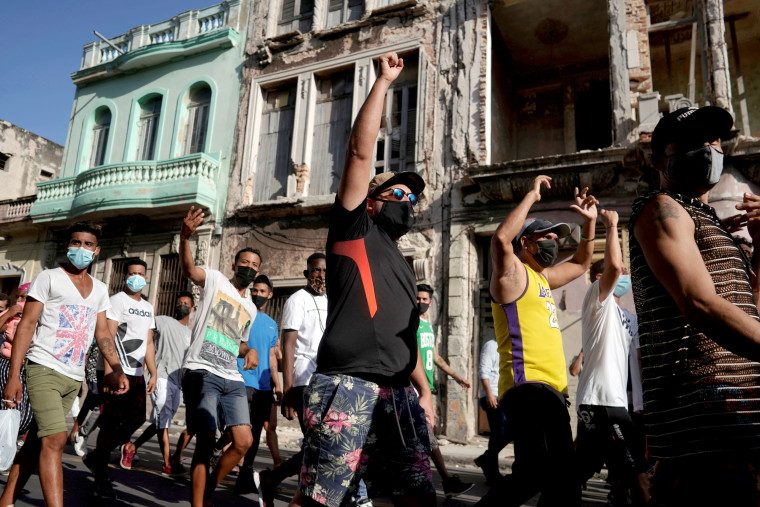
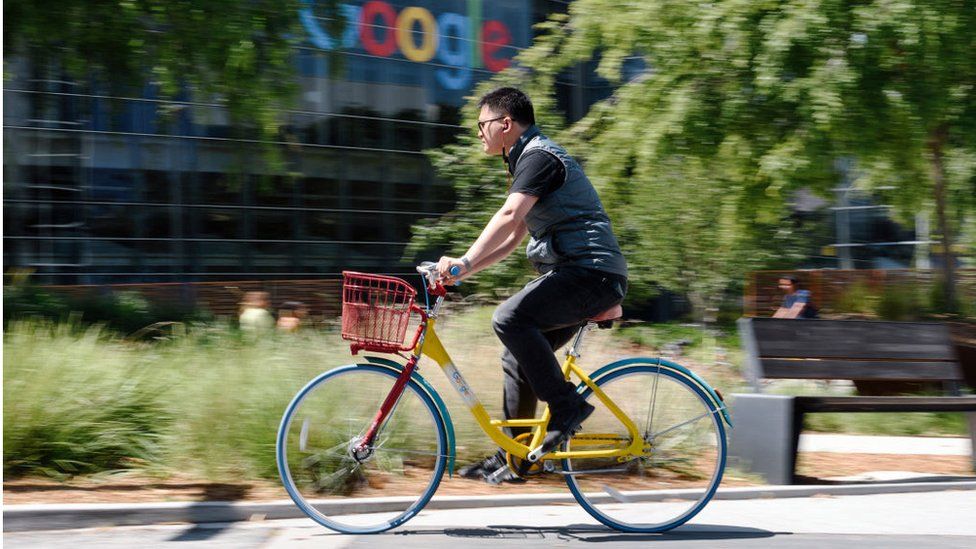

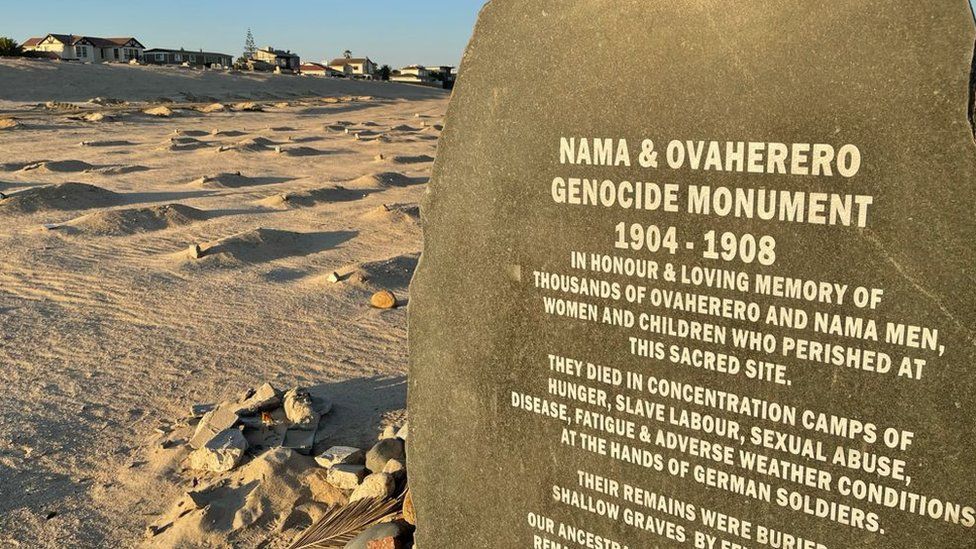
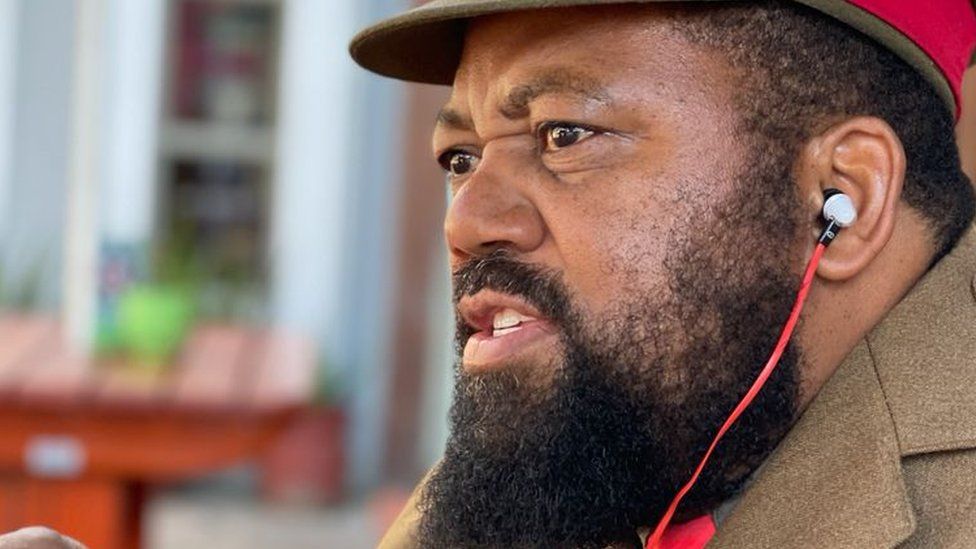
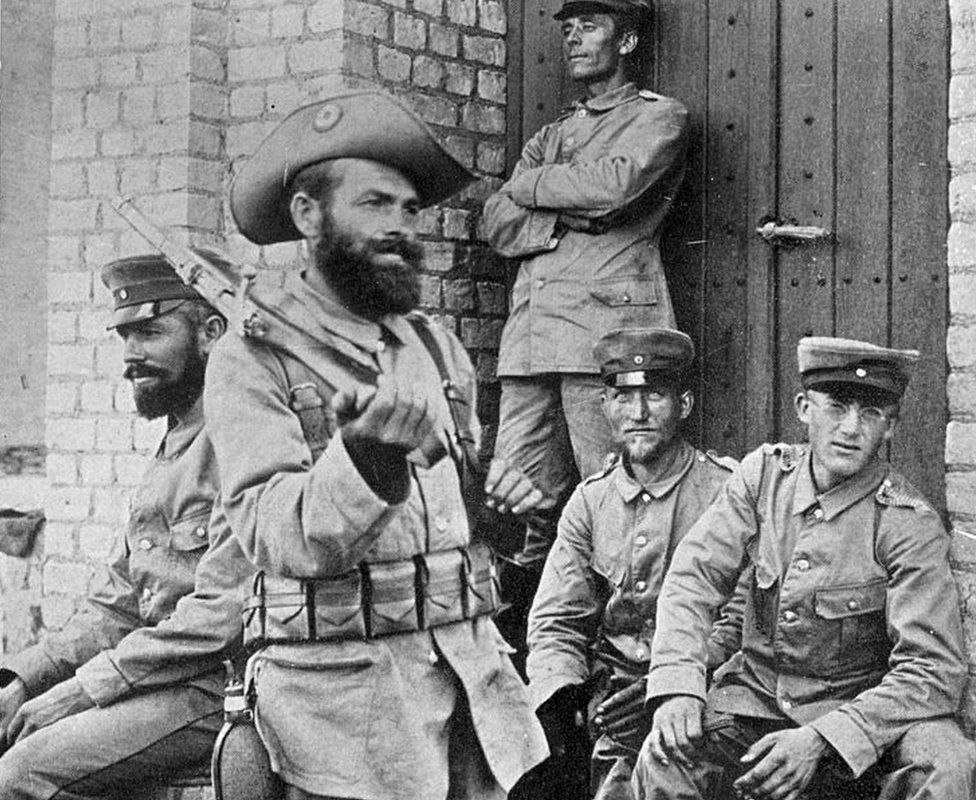
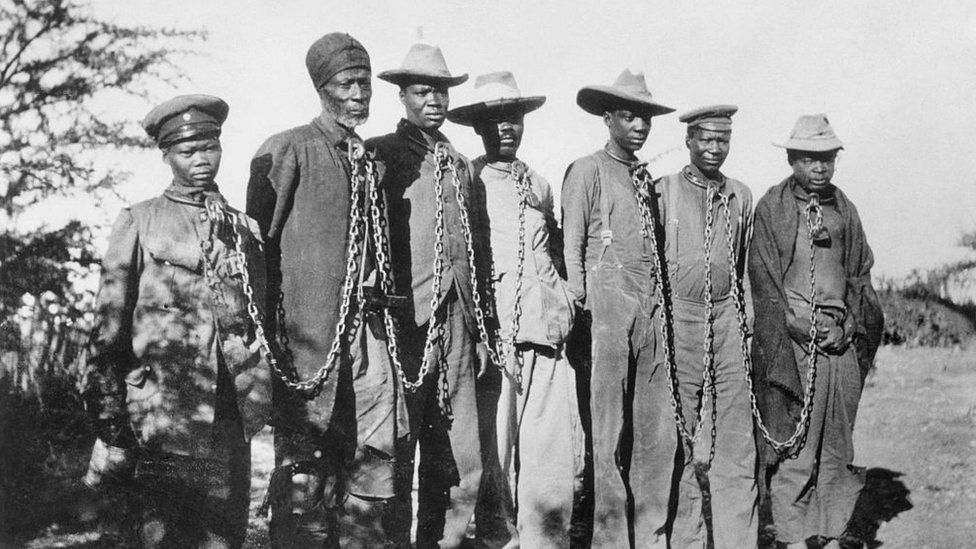




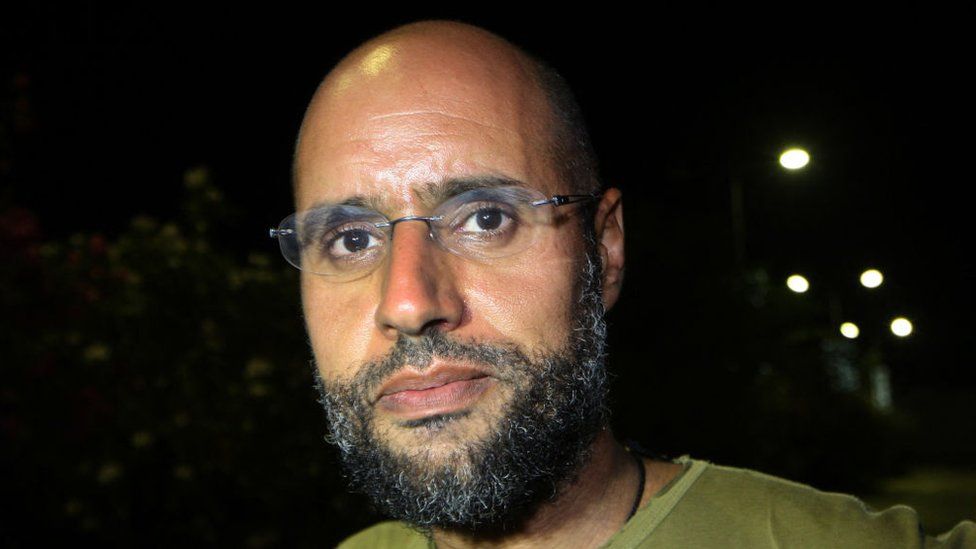


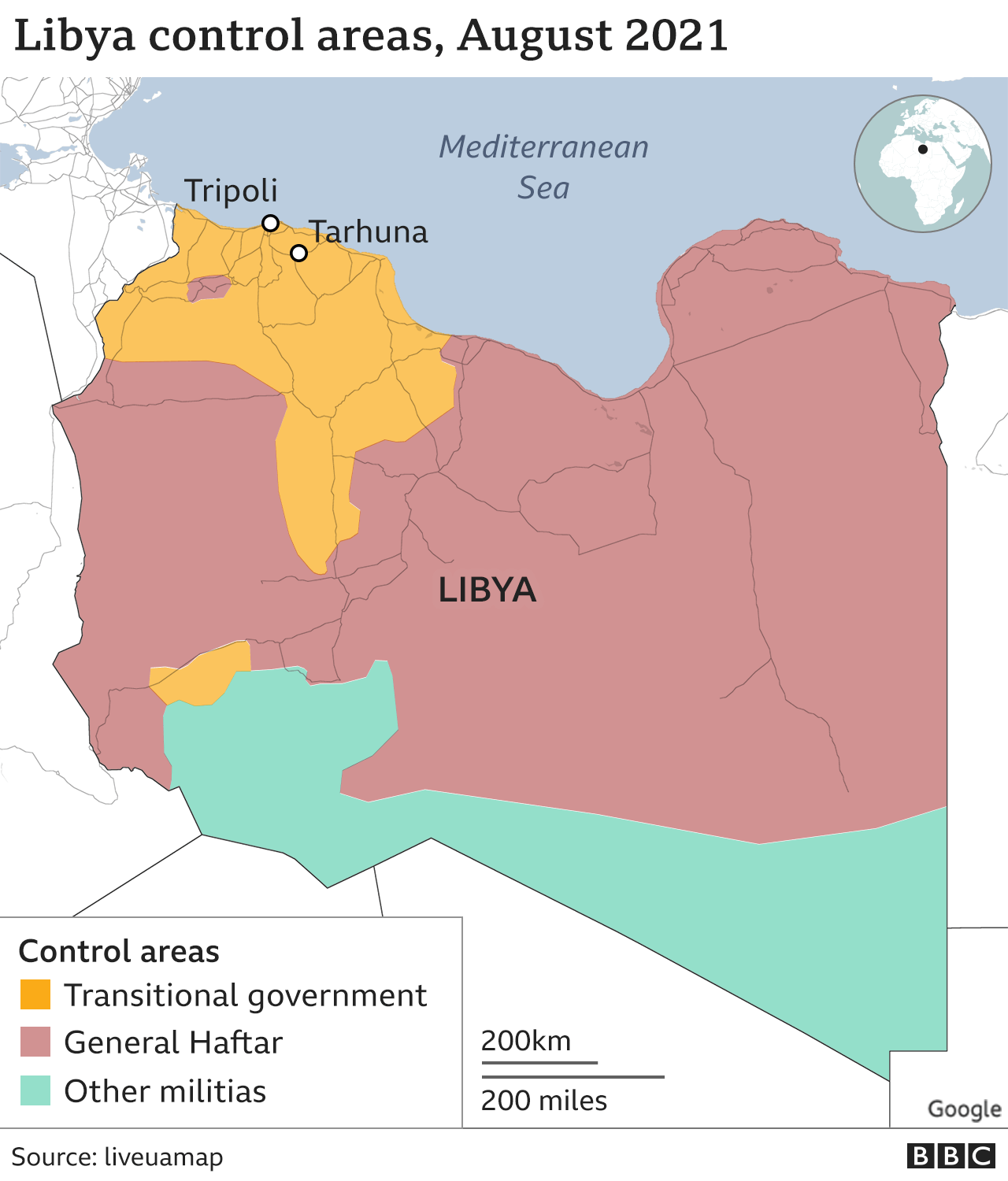
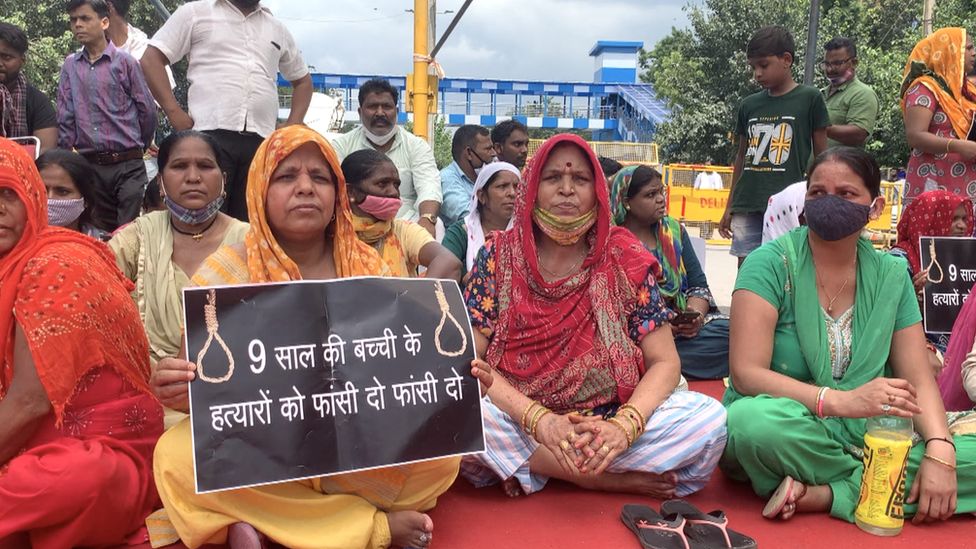 image captionProtesters outside the crematorium are demanding the death penalty for the accused
image captionProtesters outside the crematorium are demanding the death penalty for the accused



